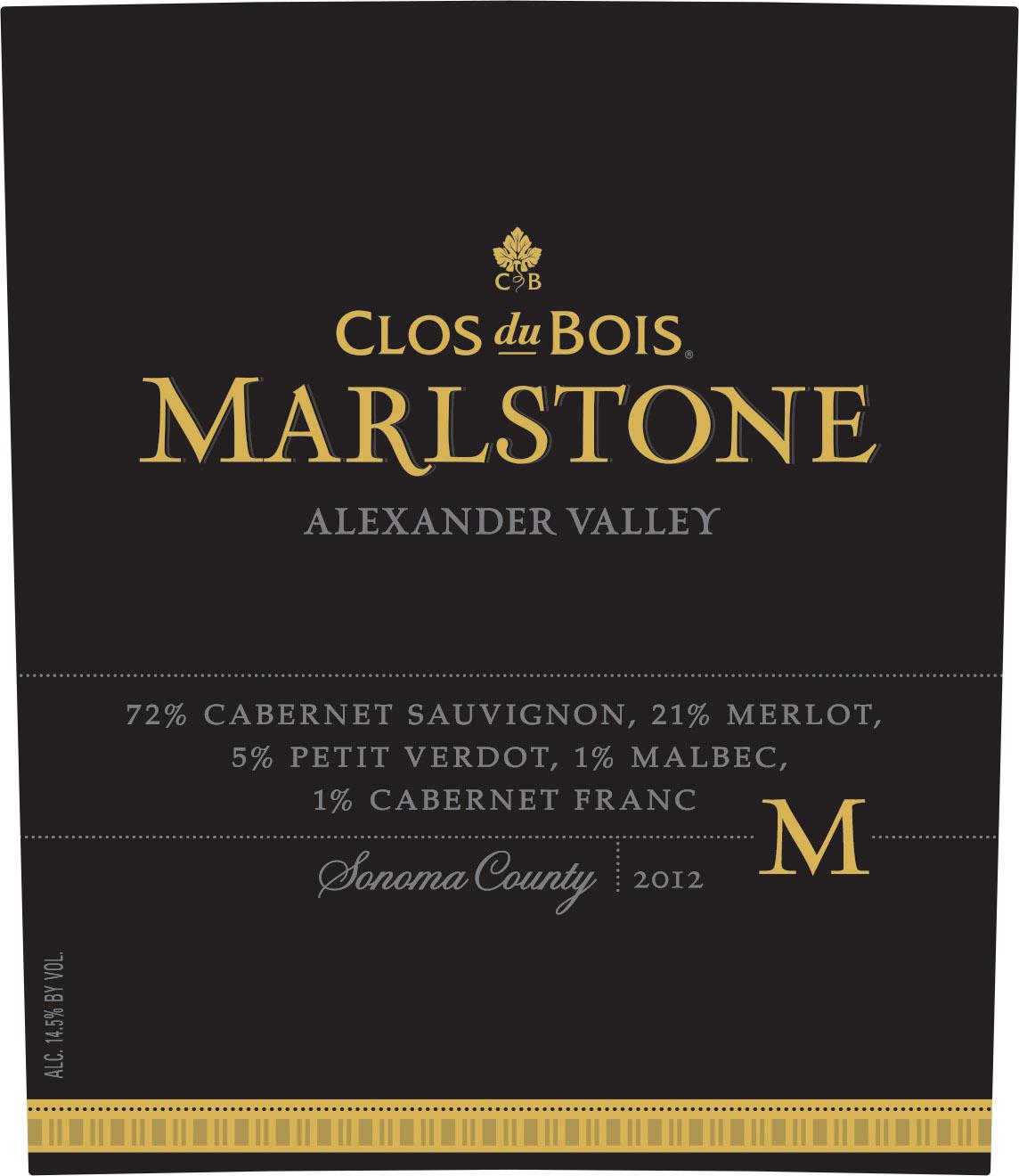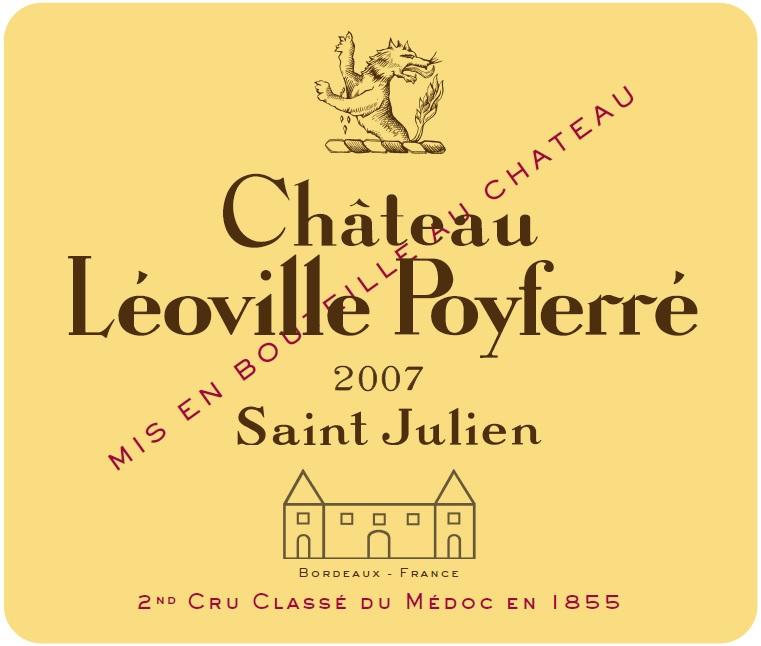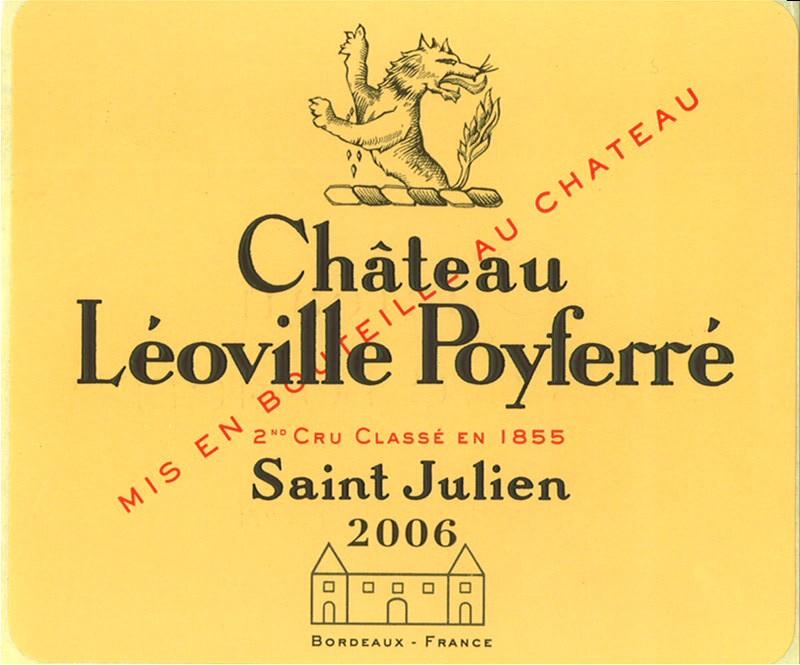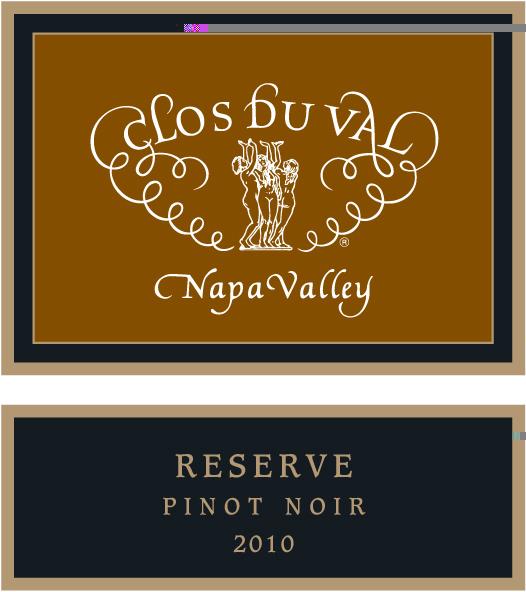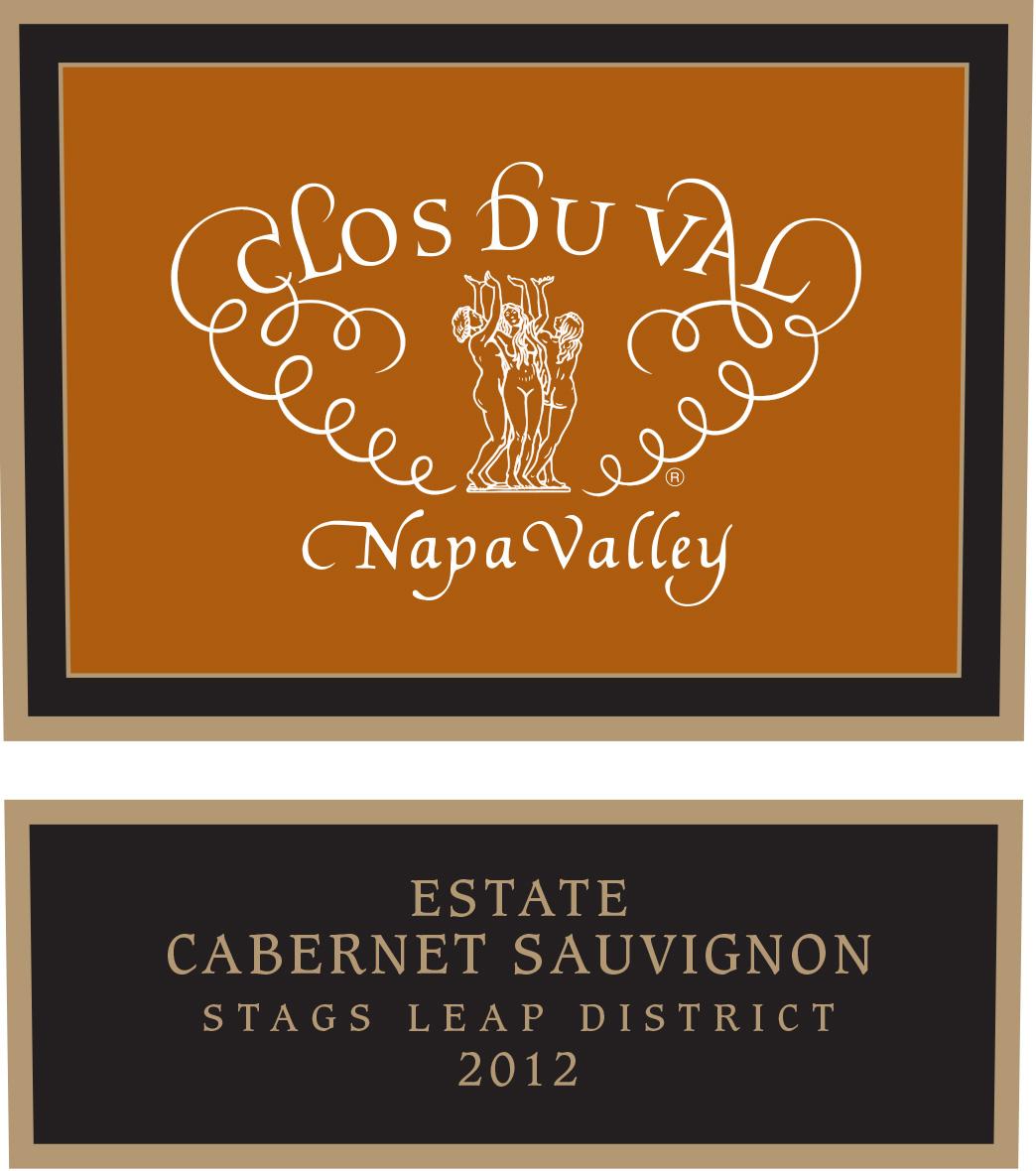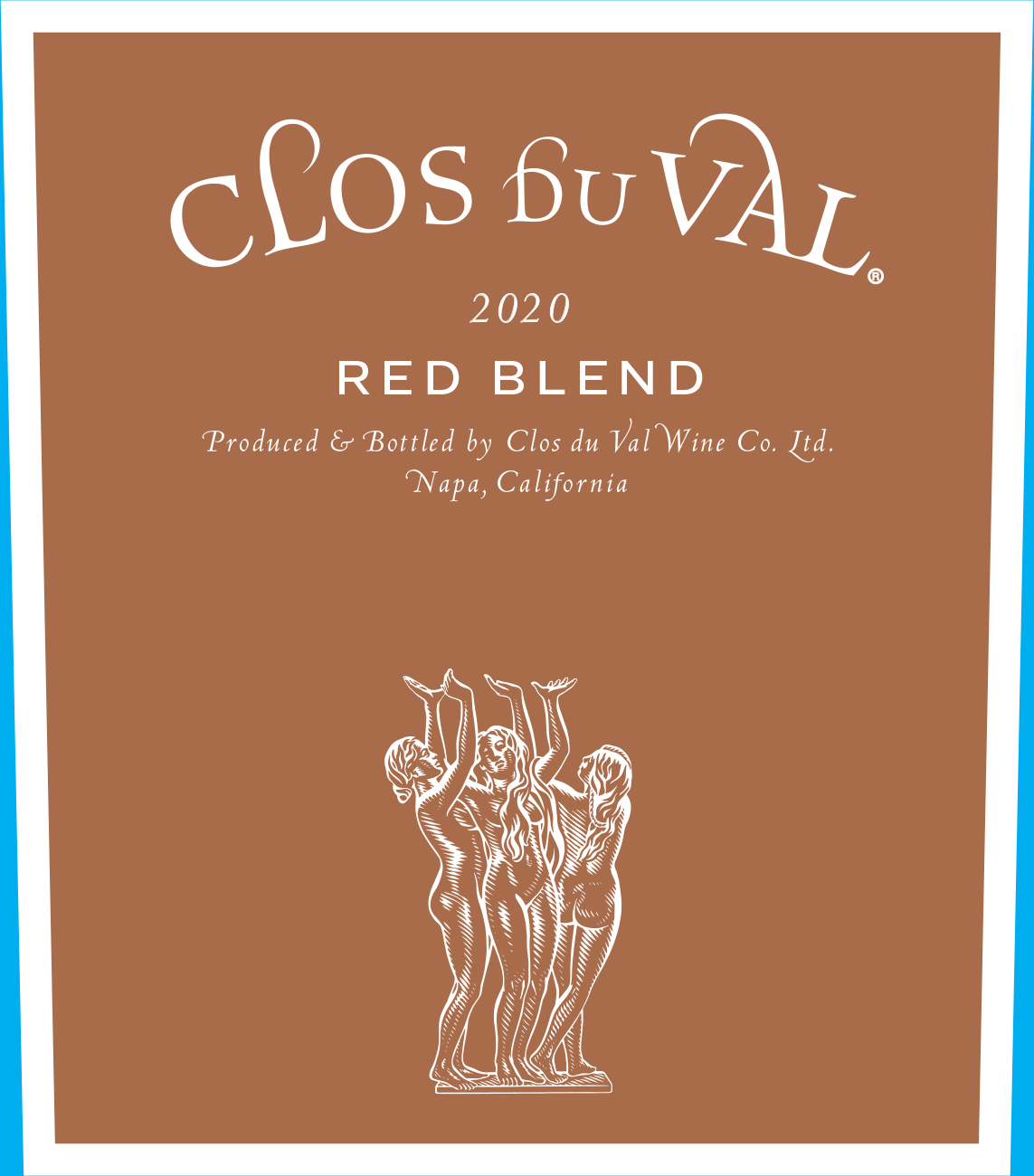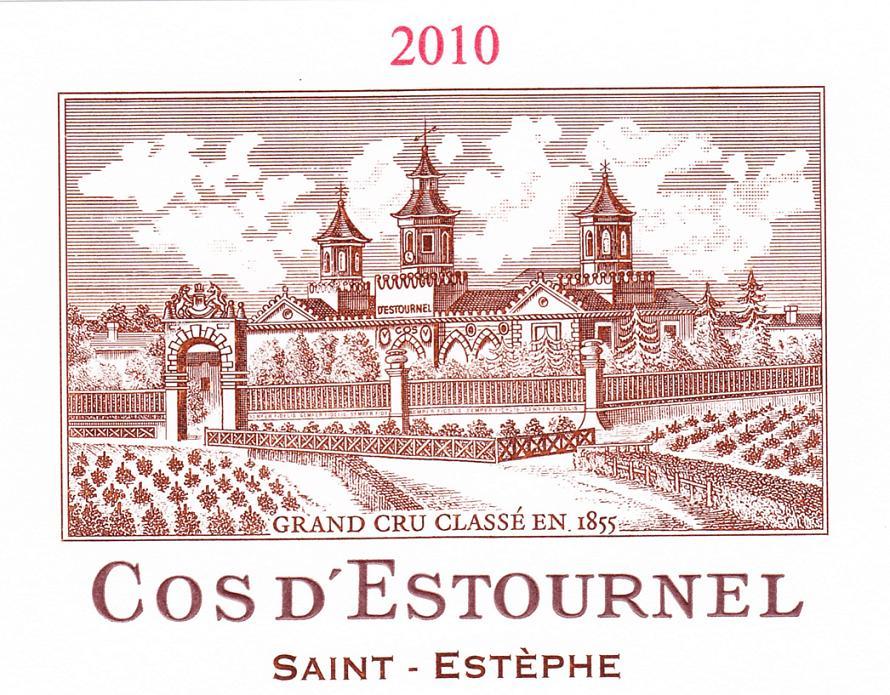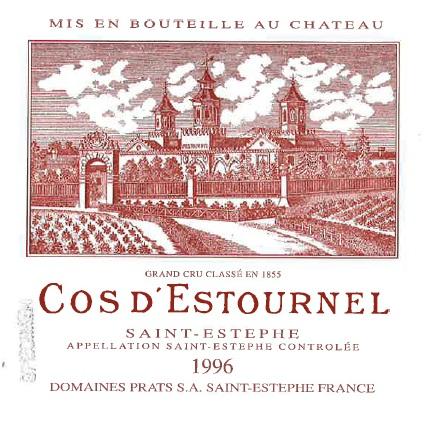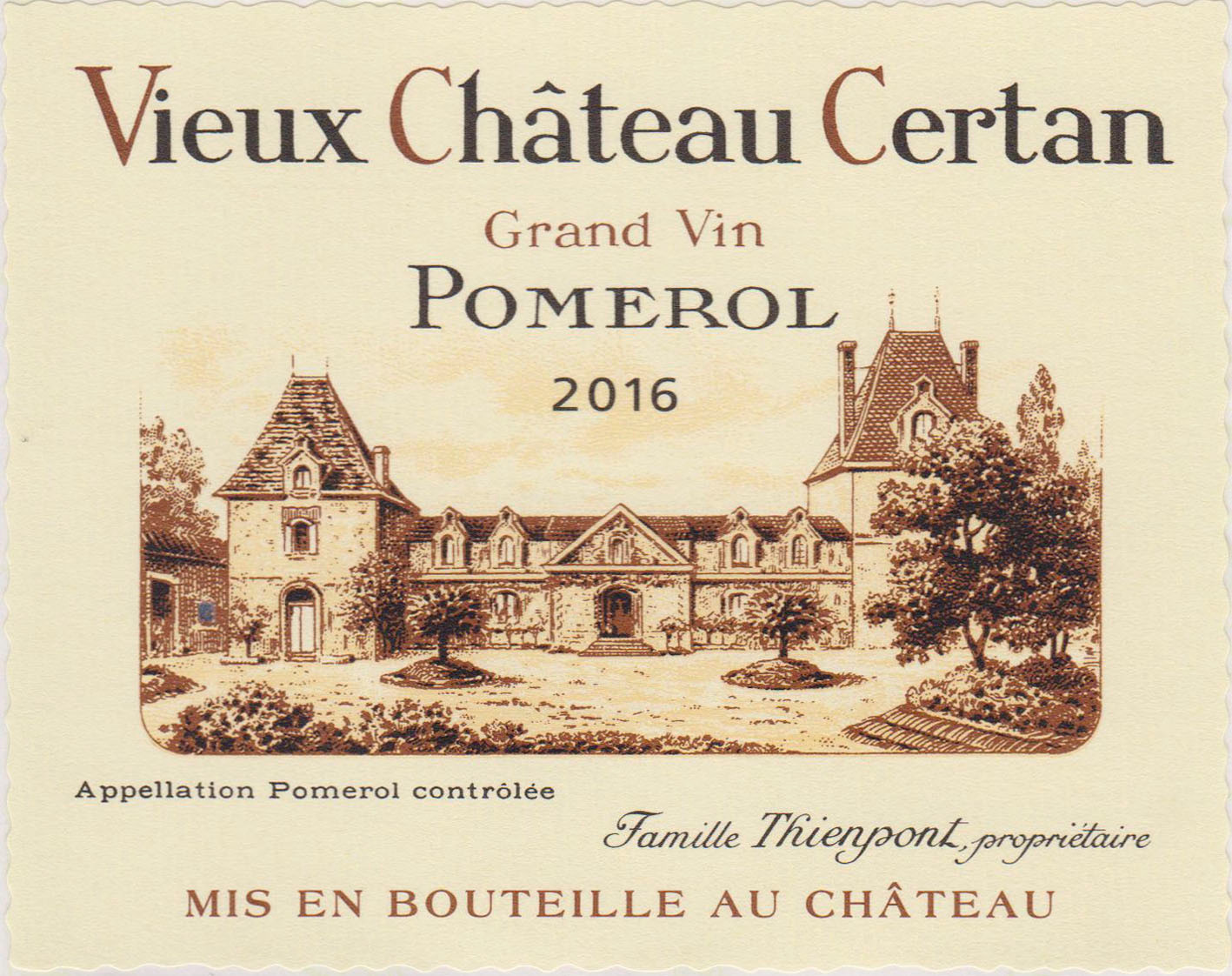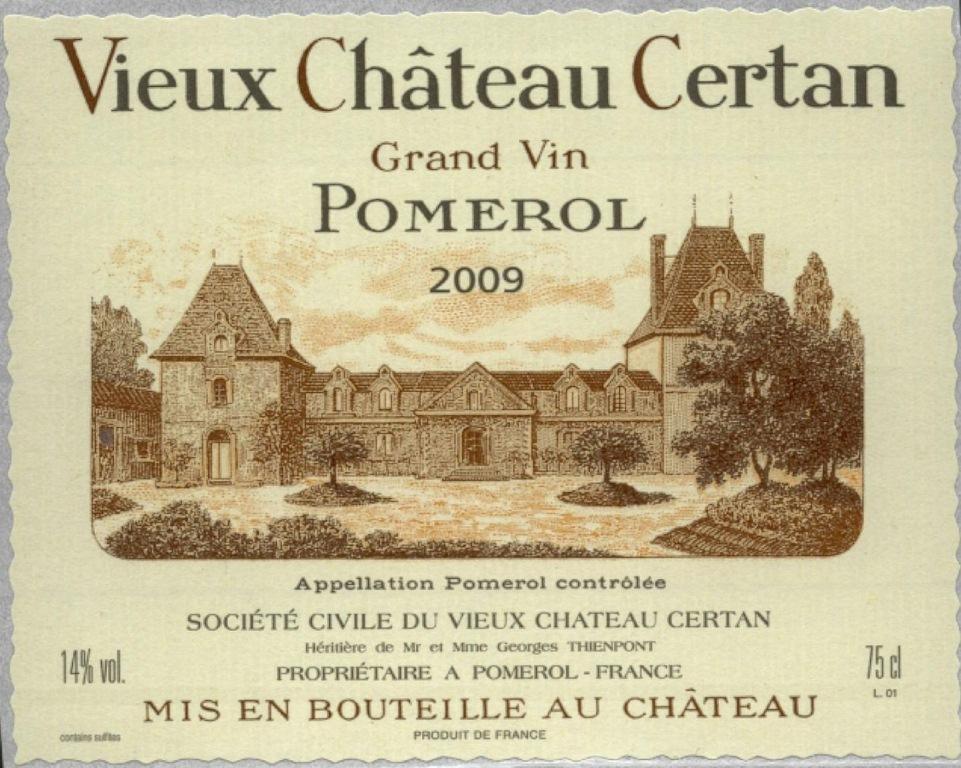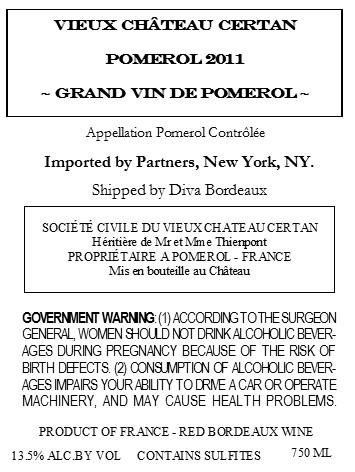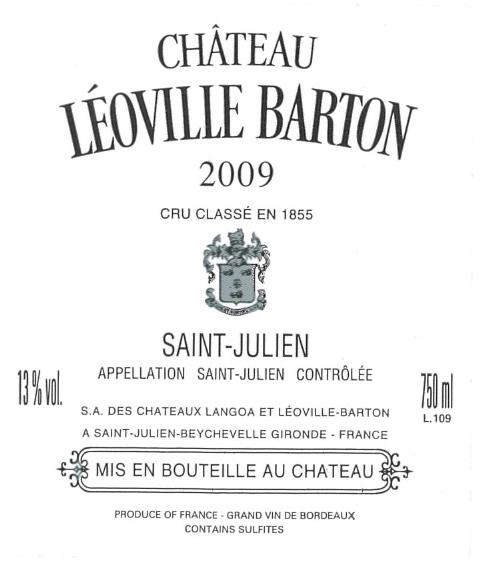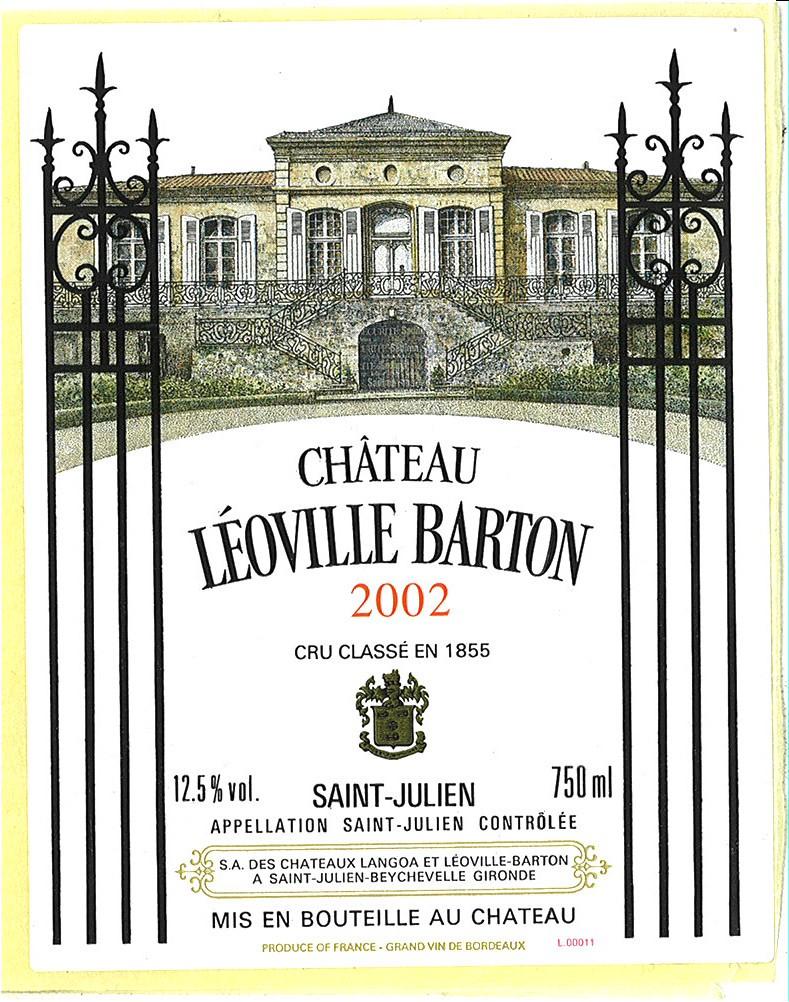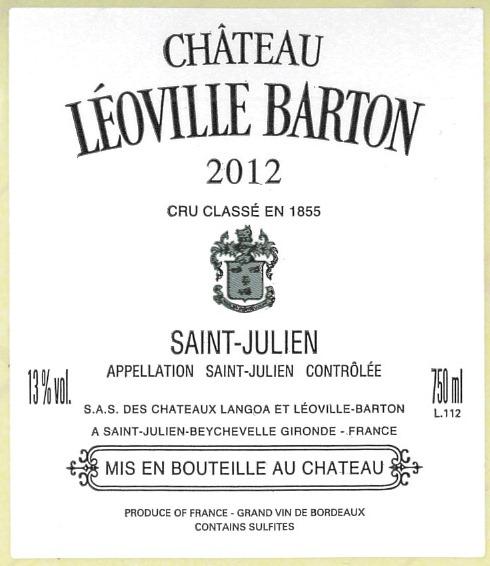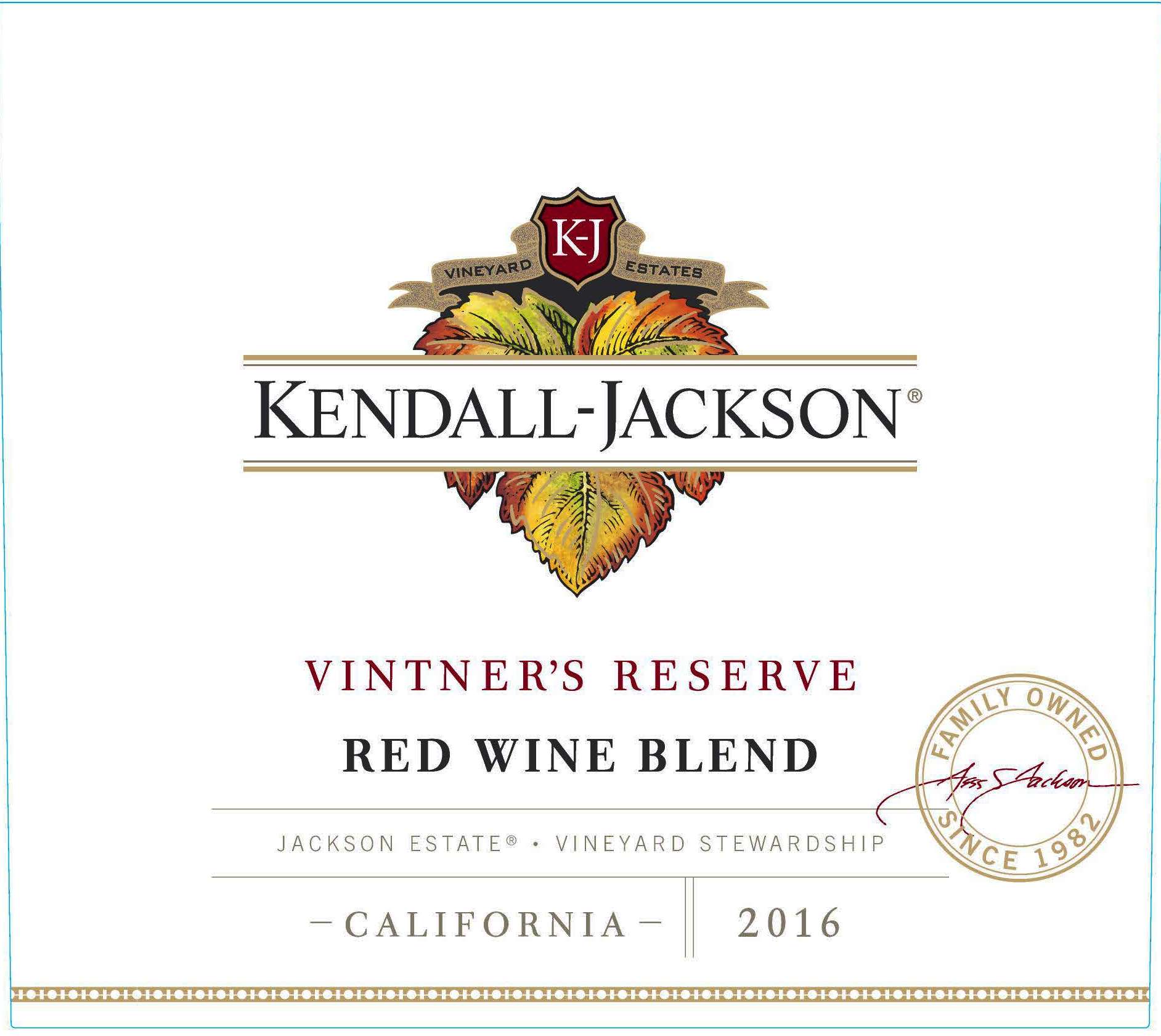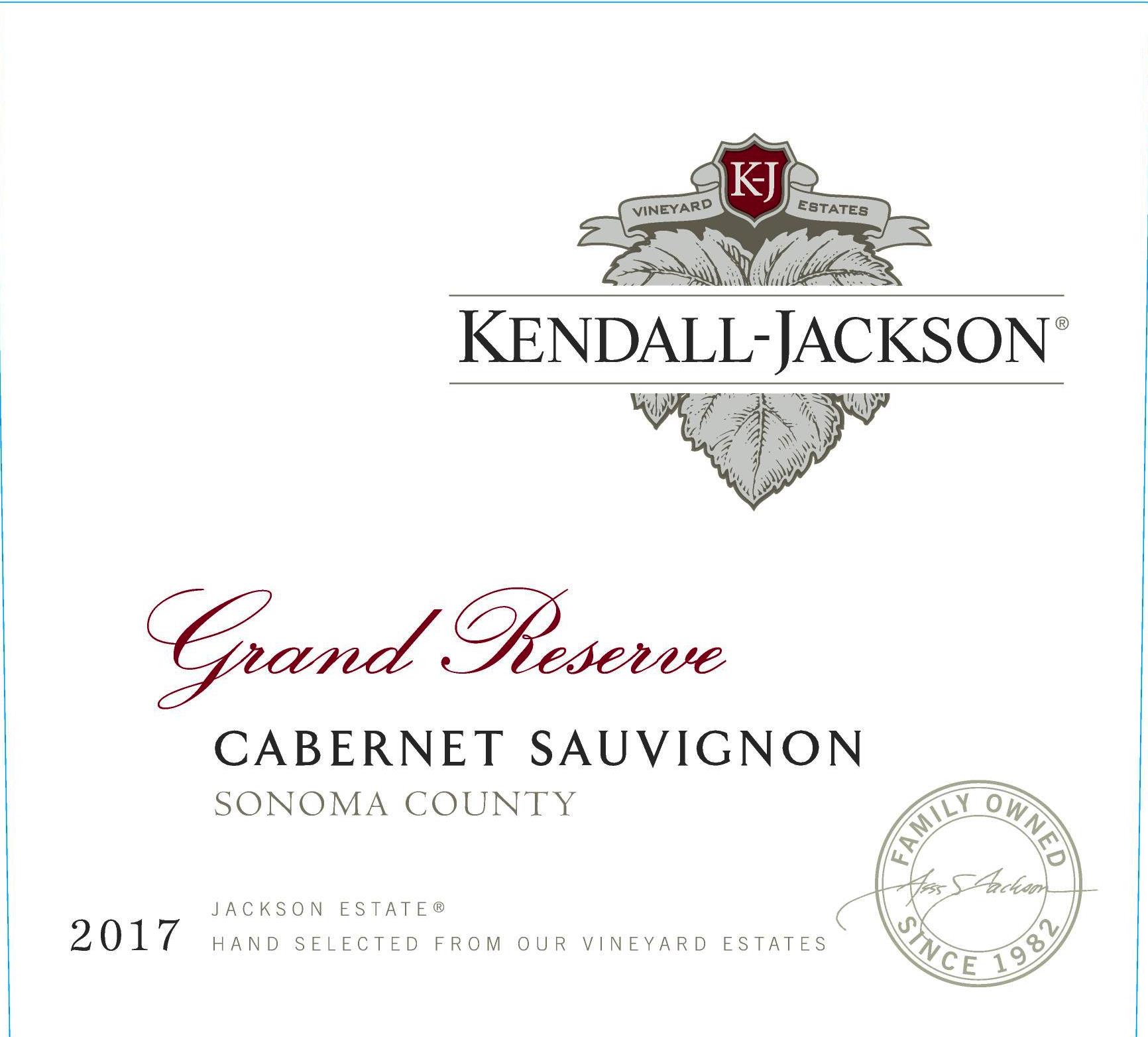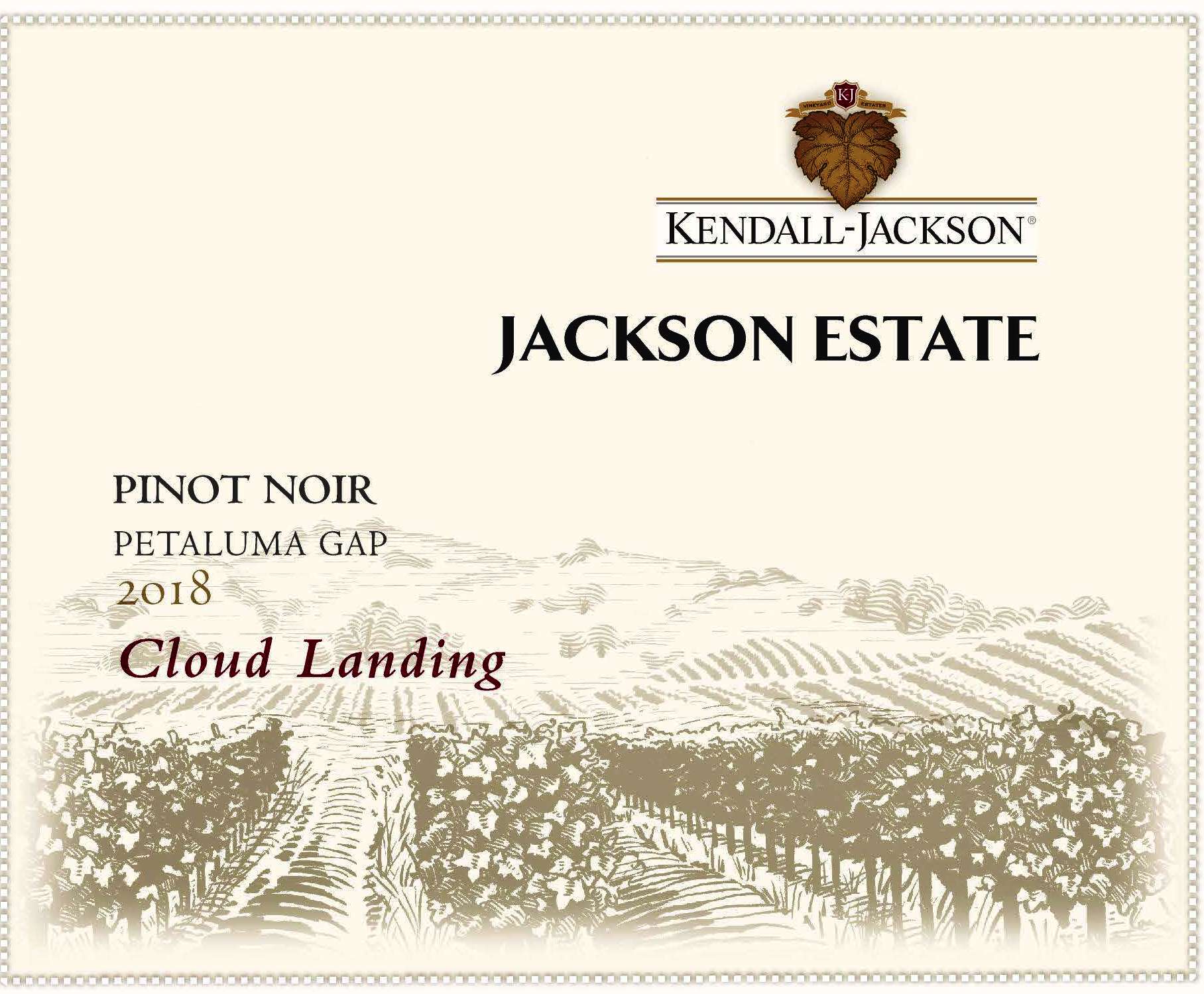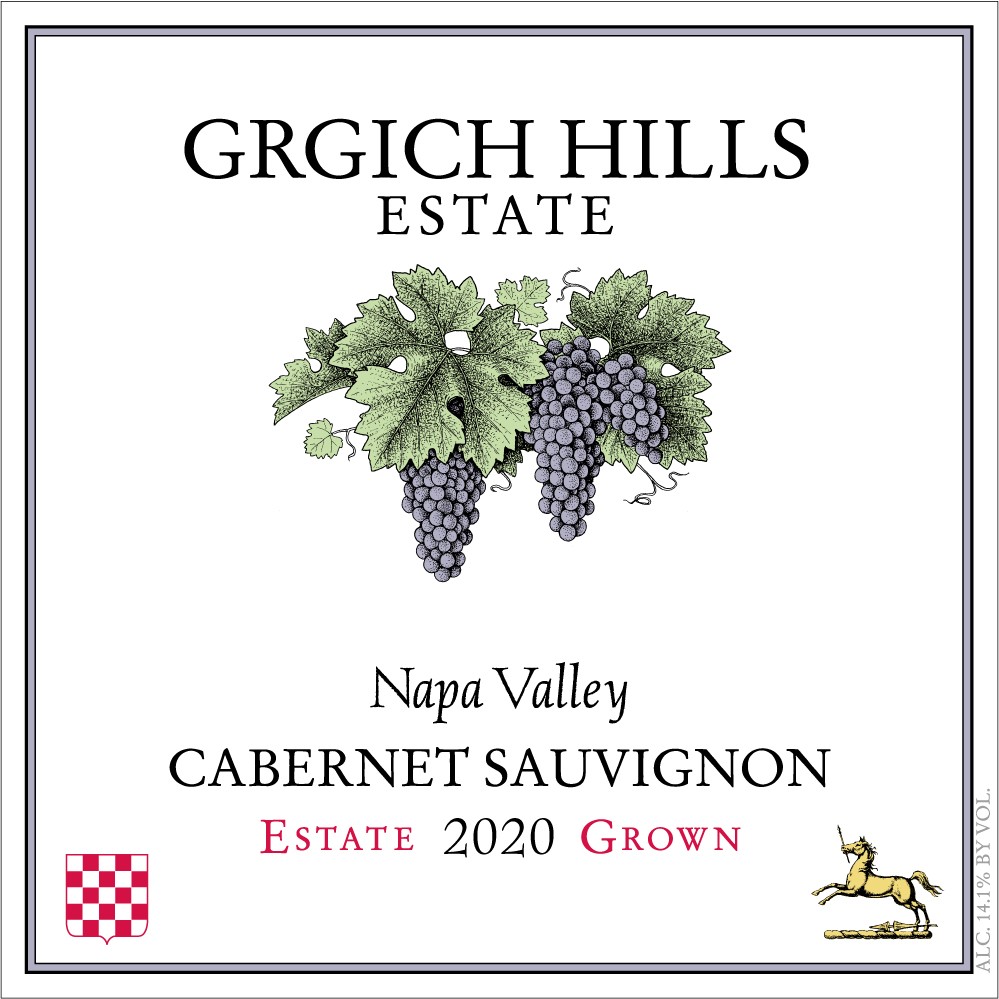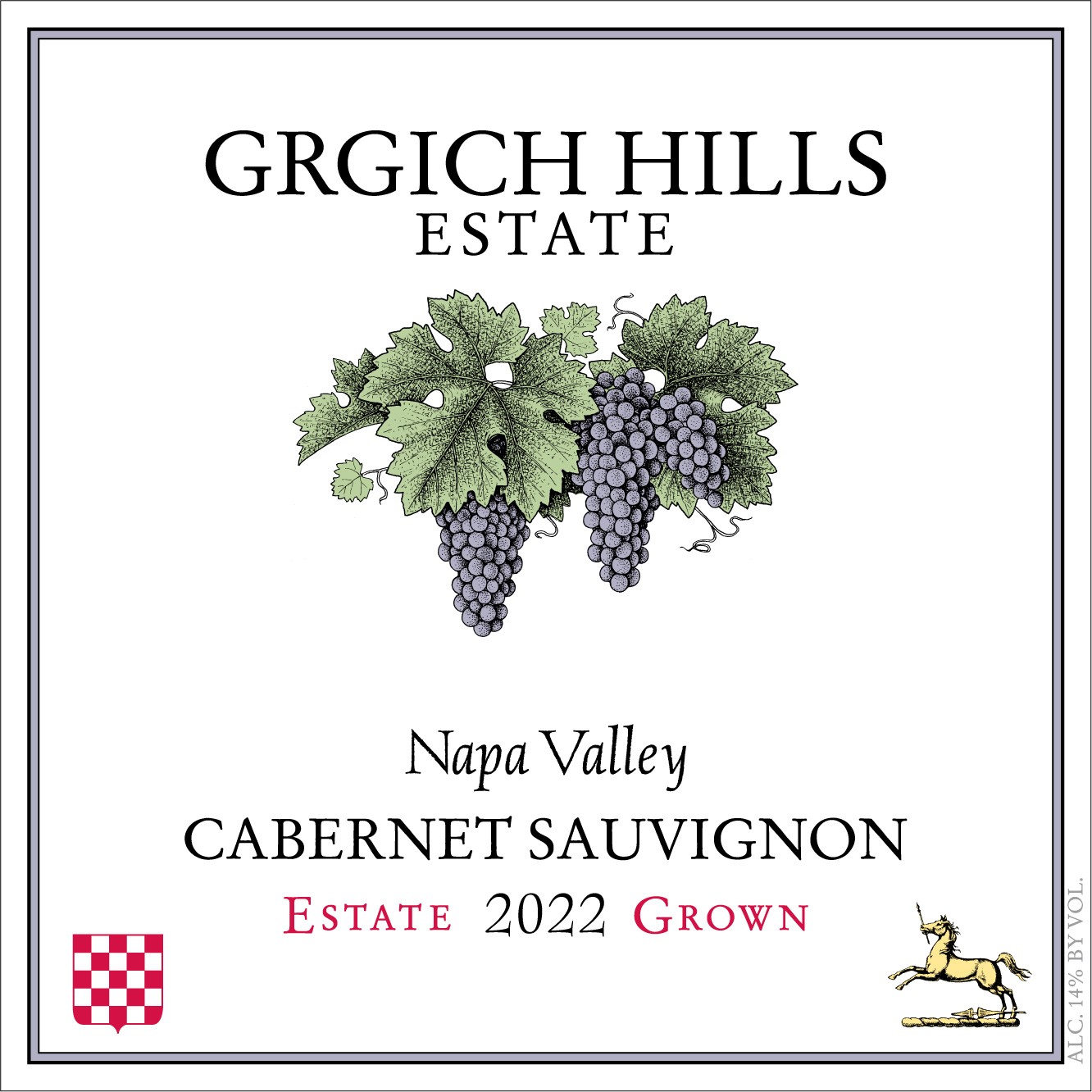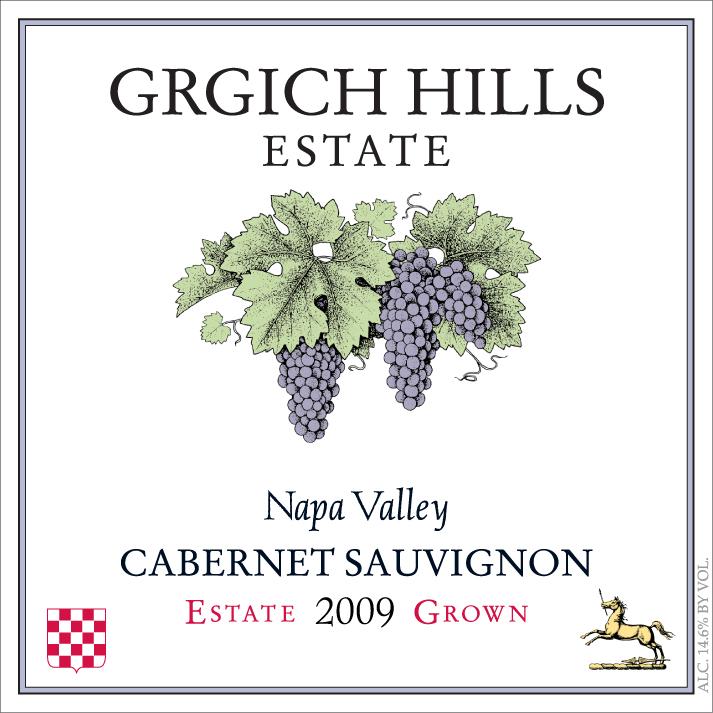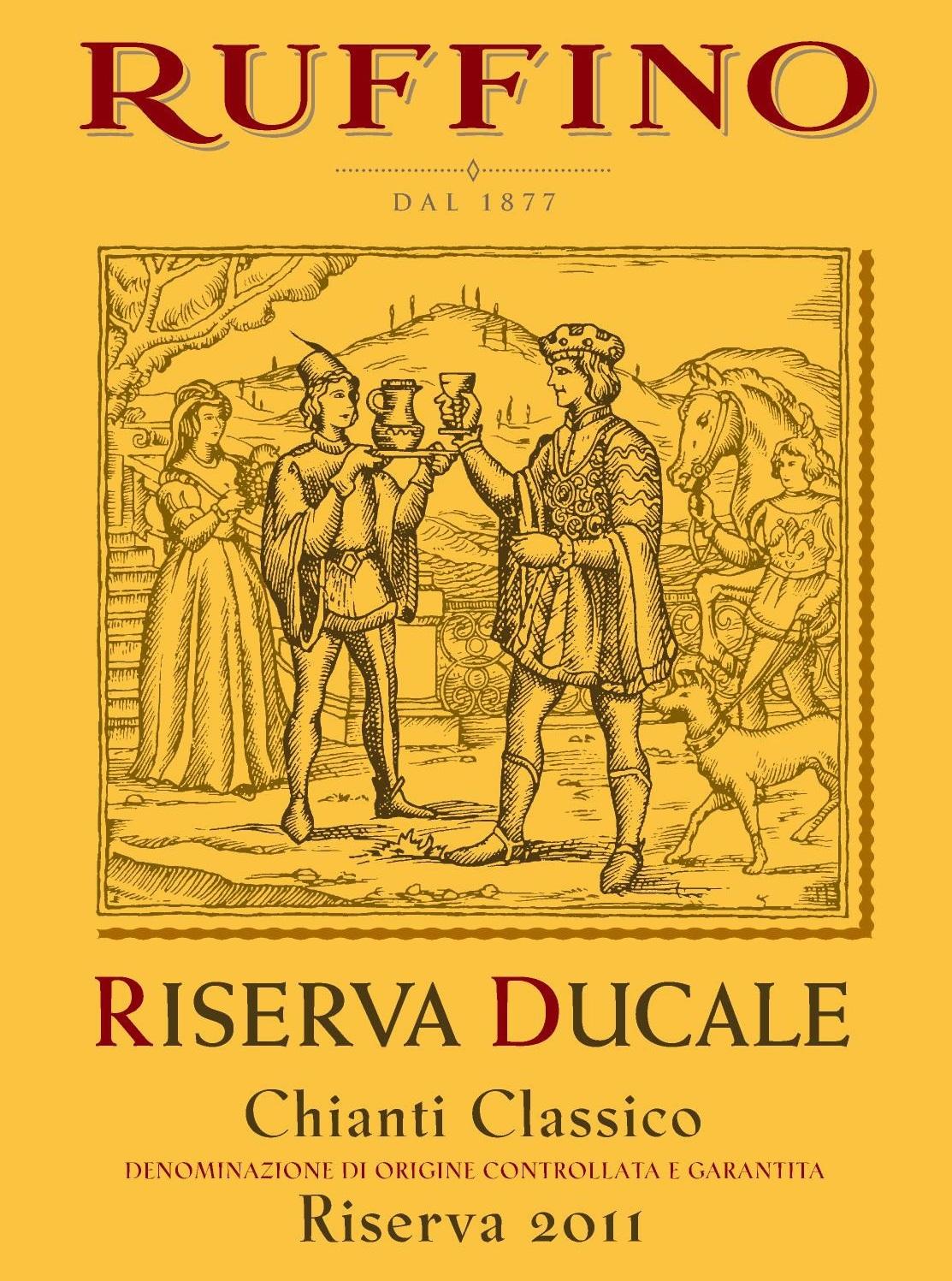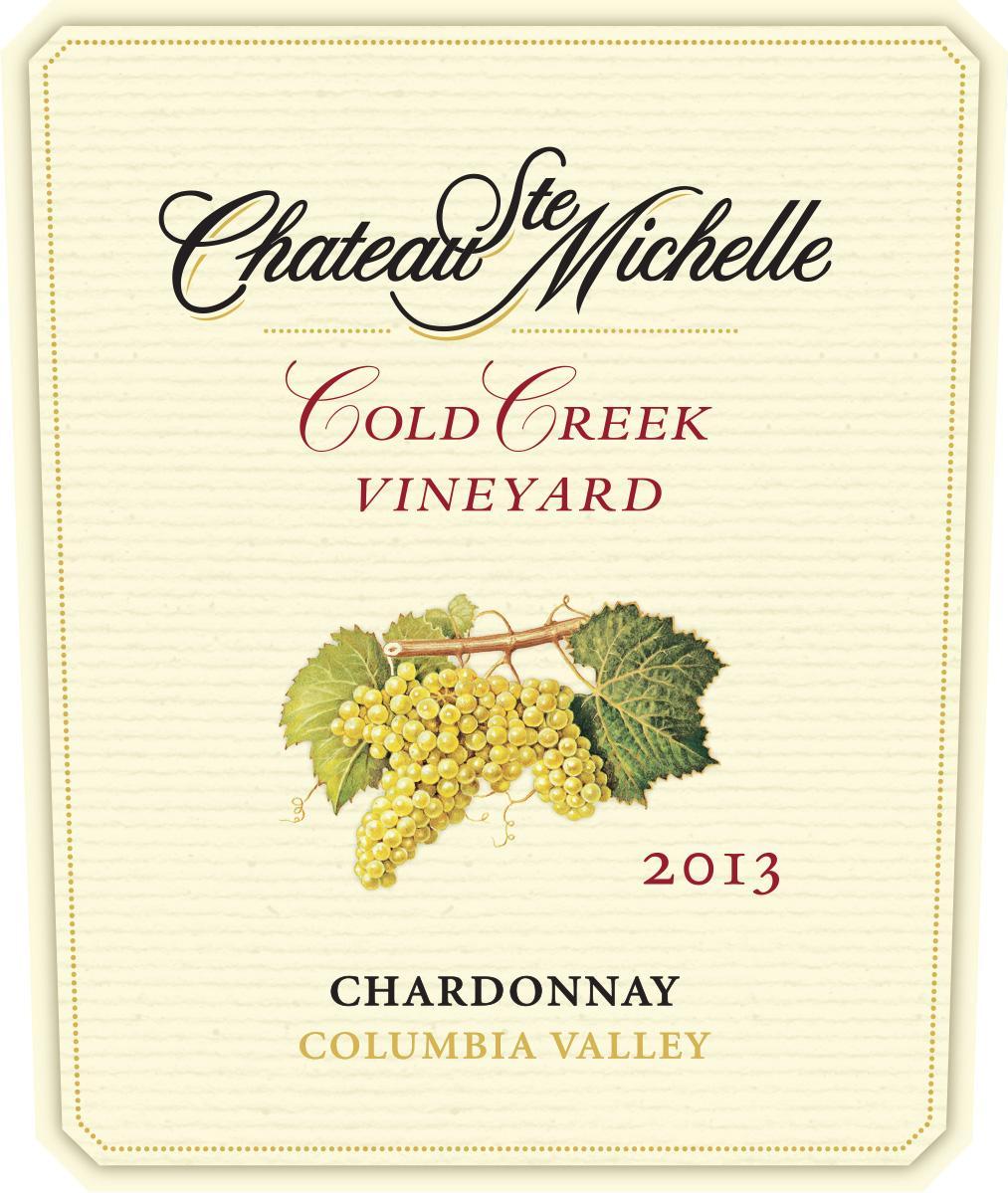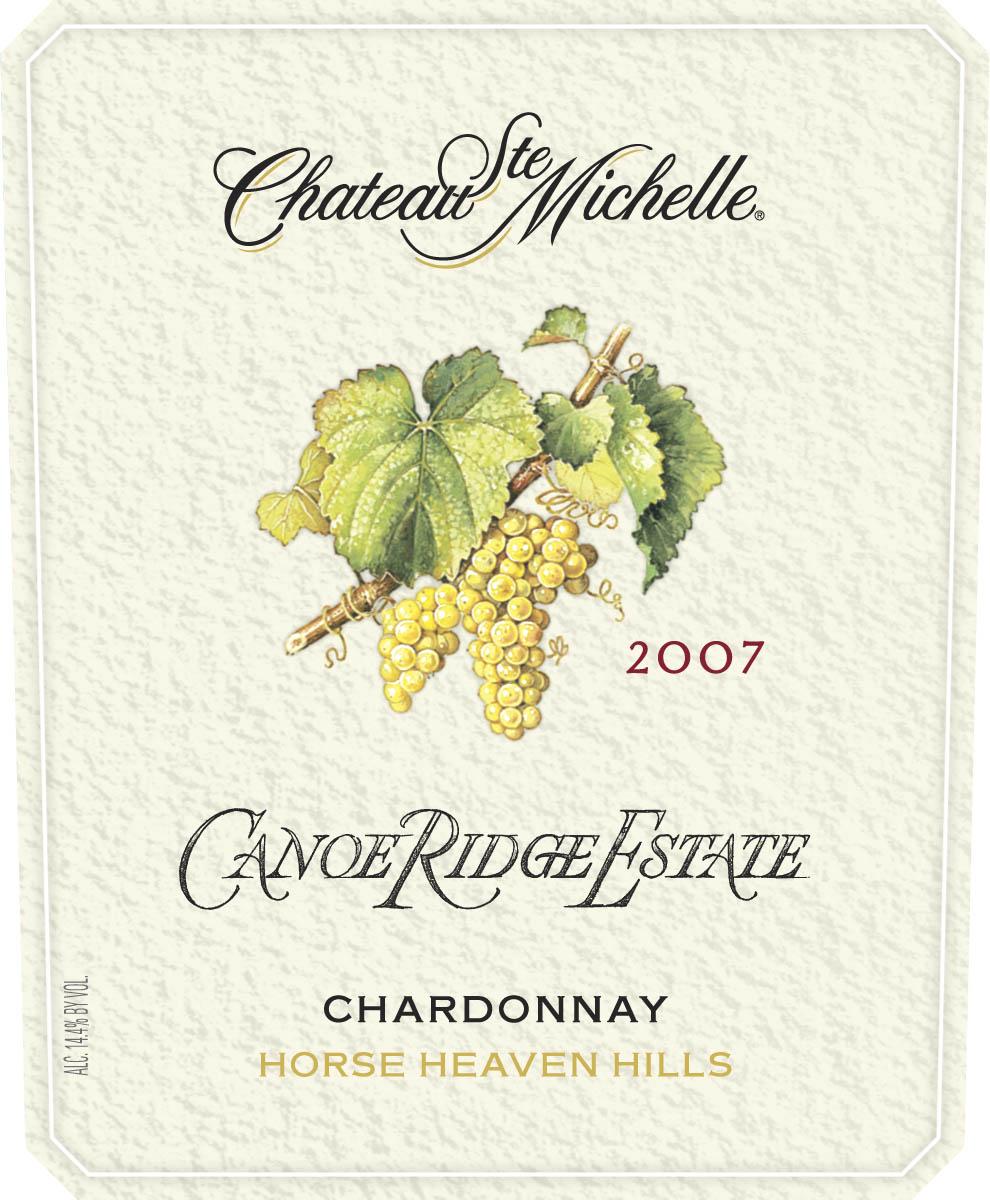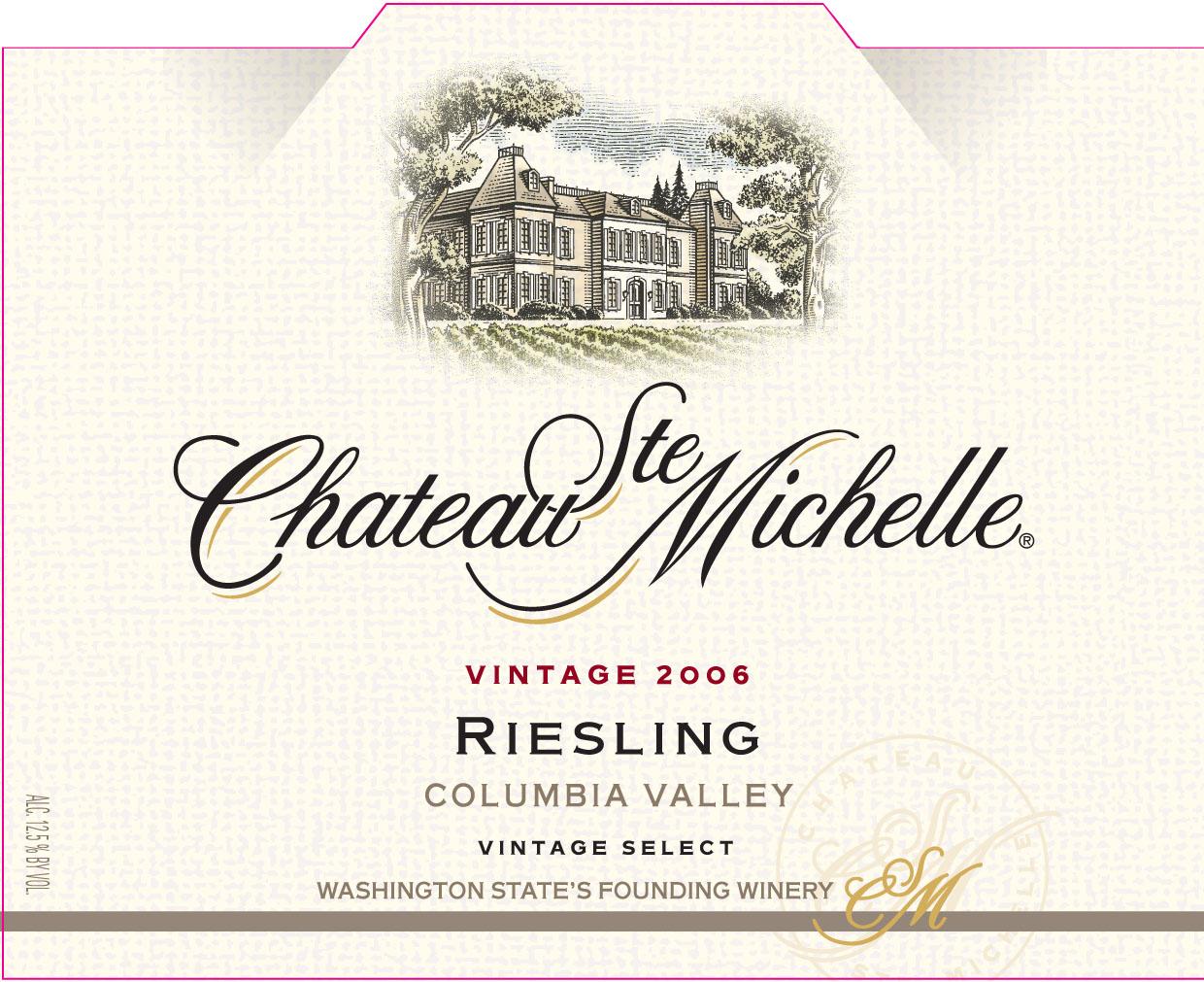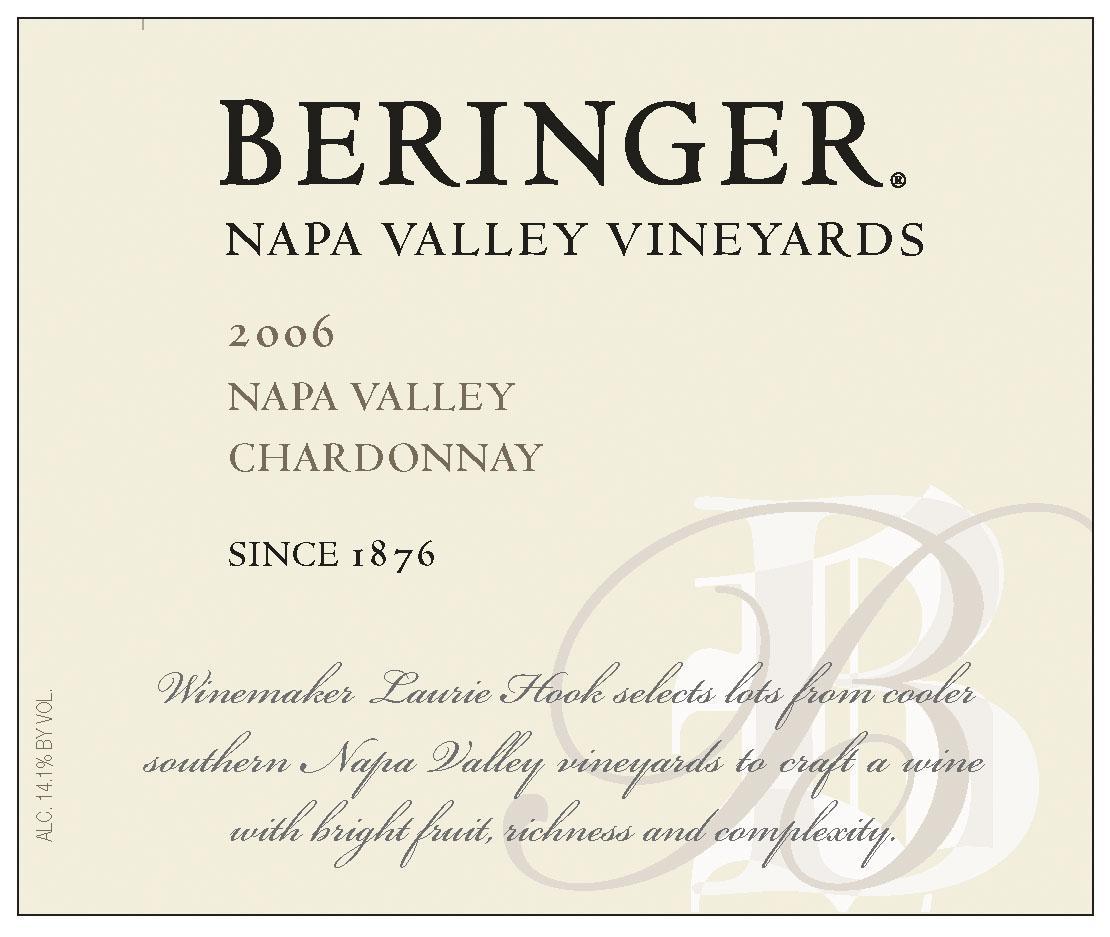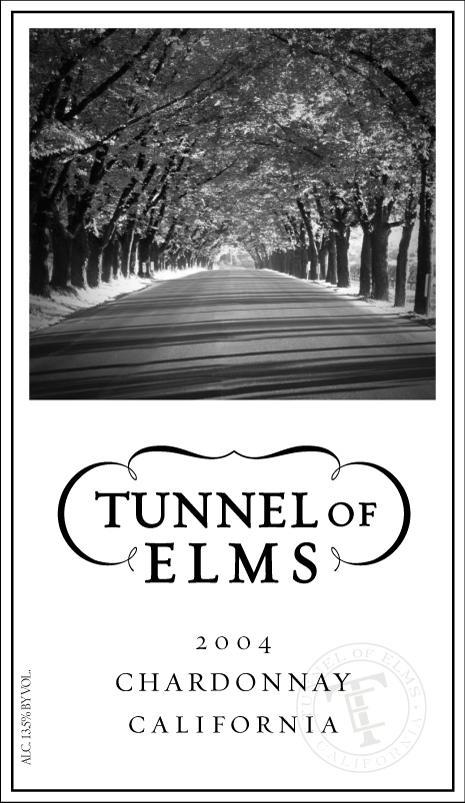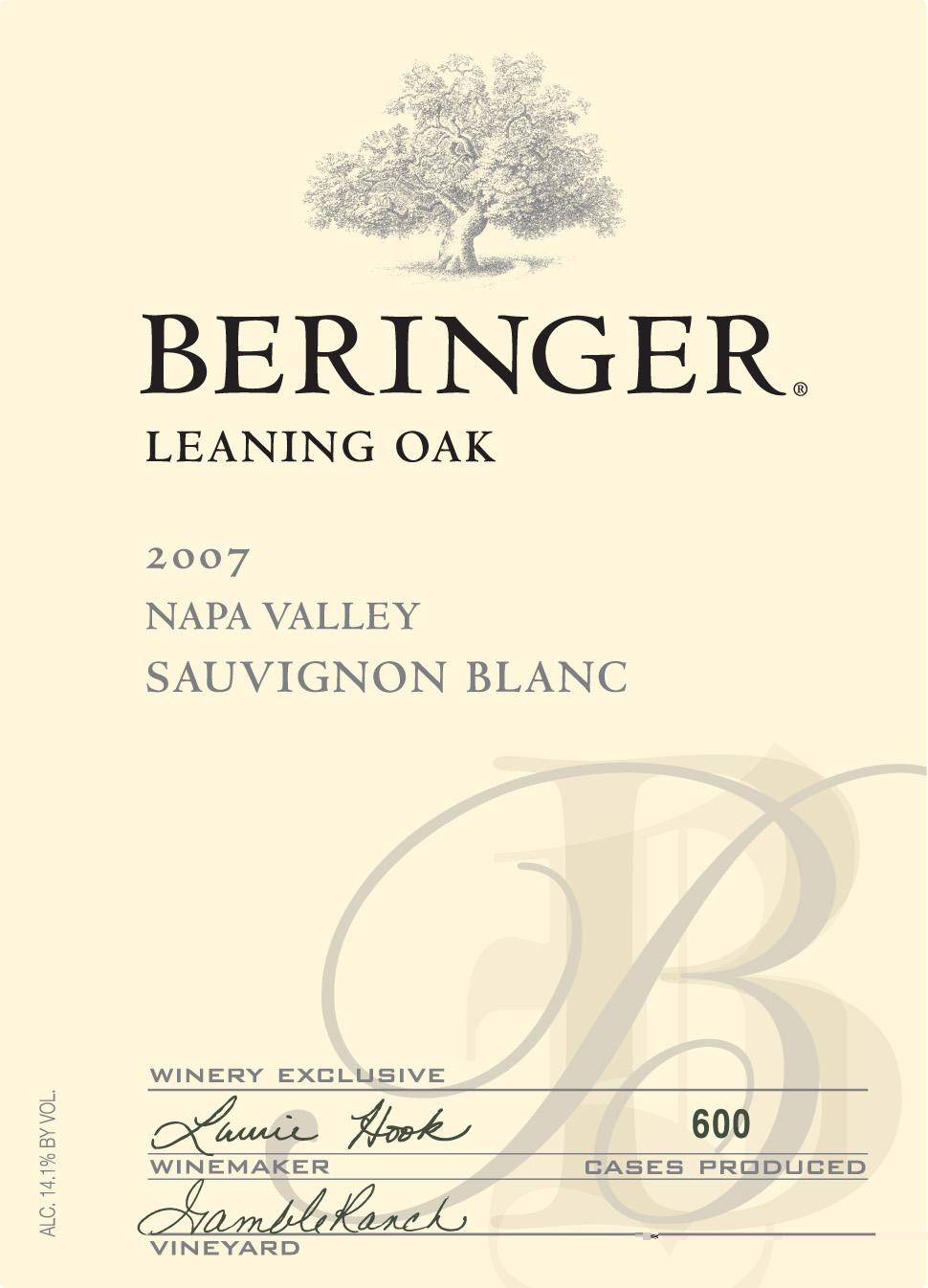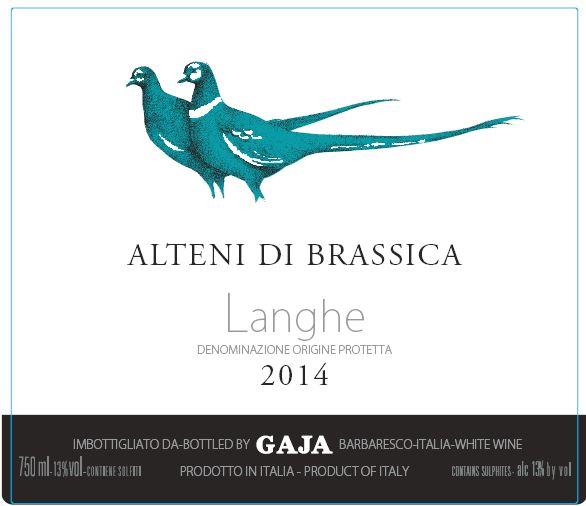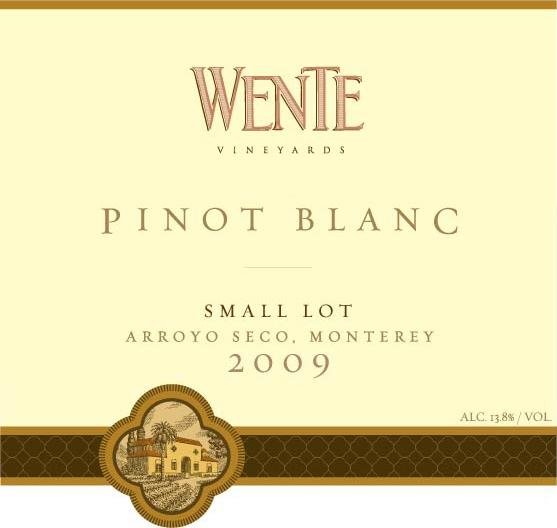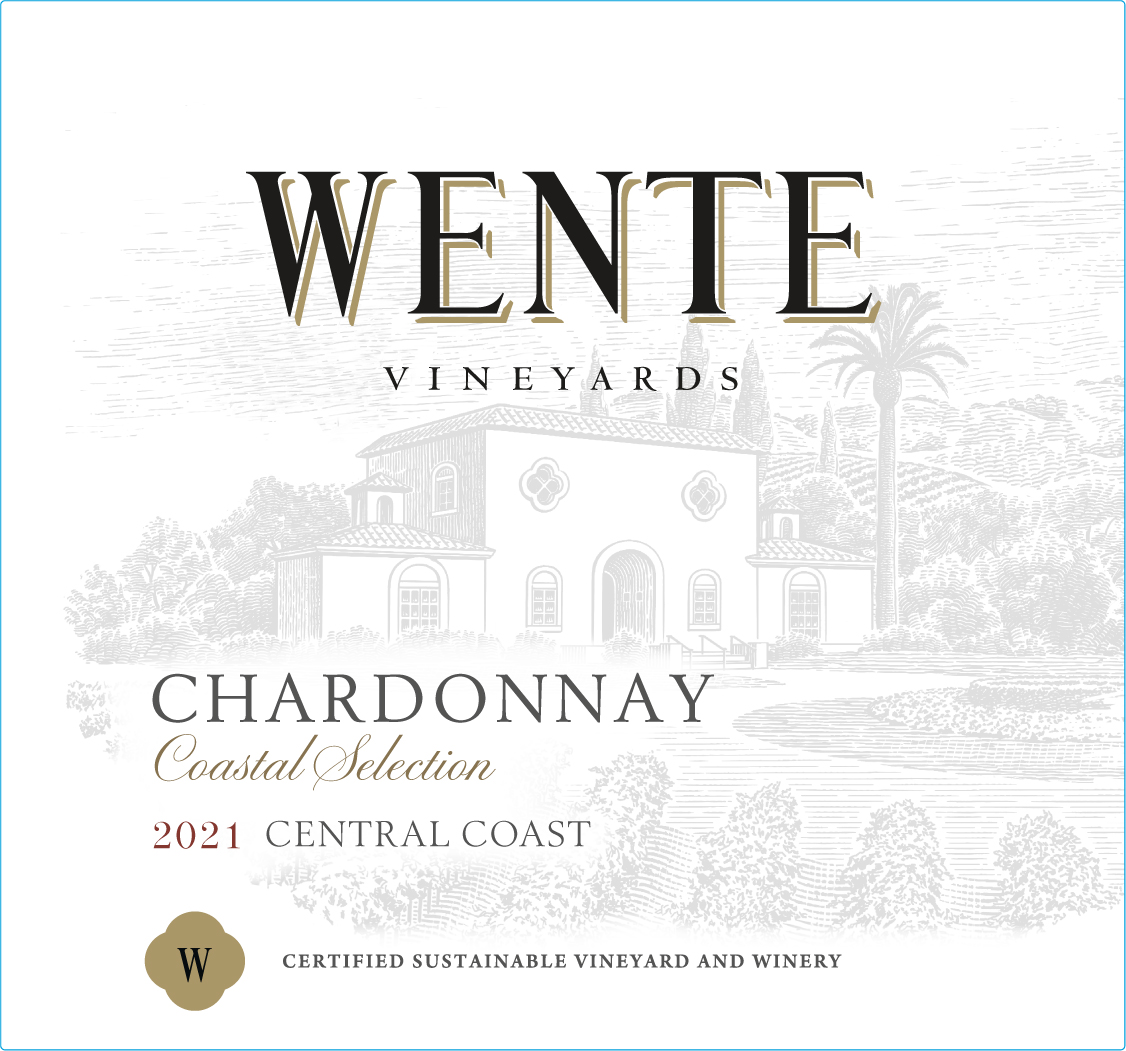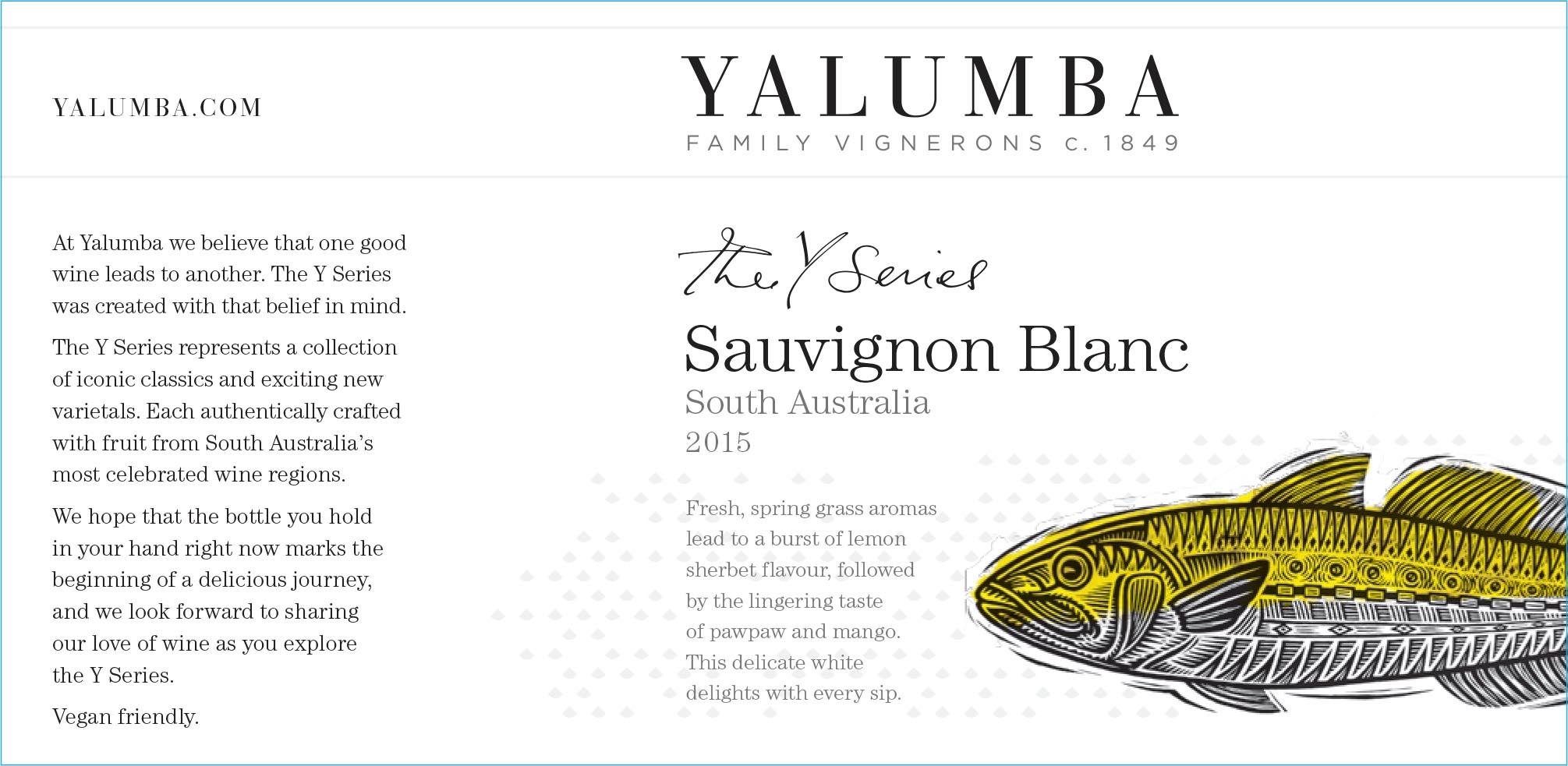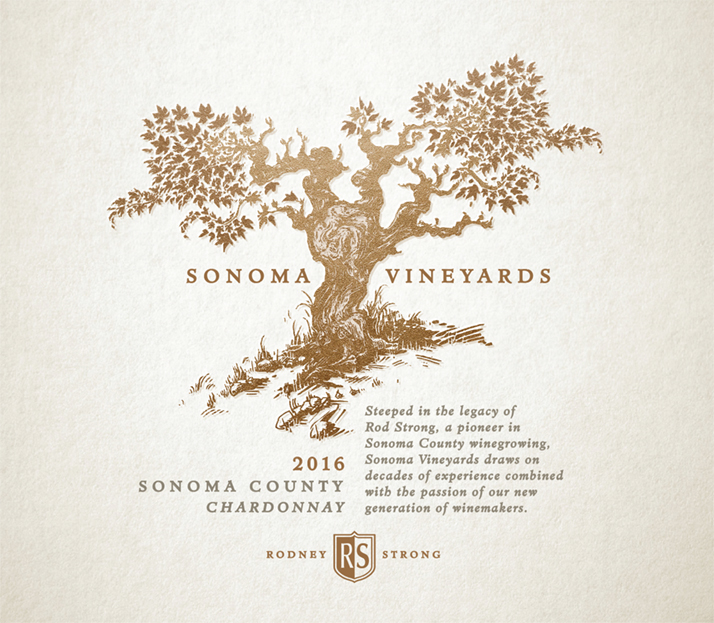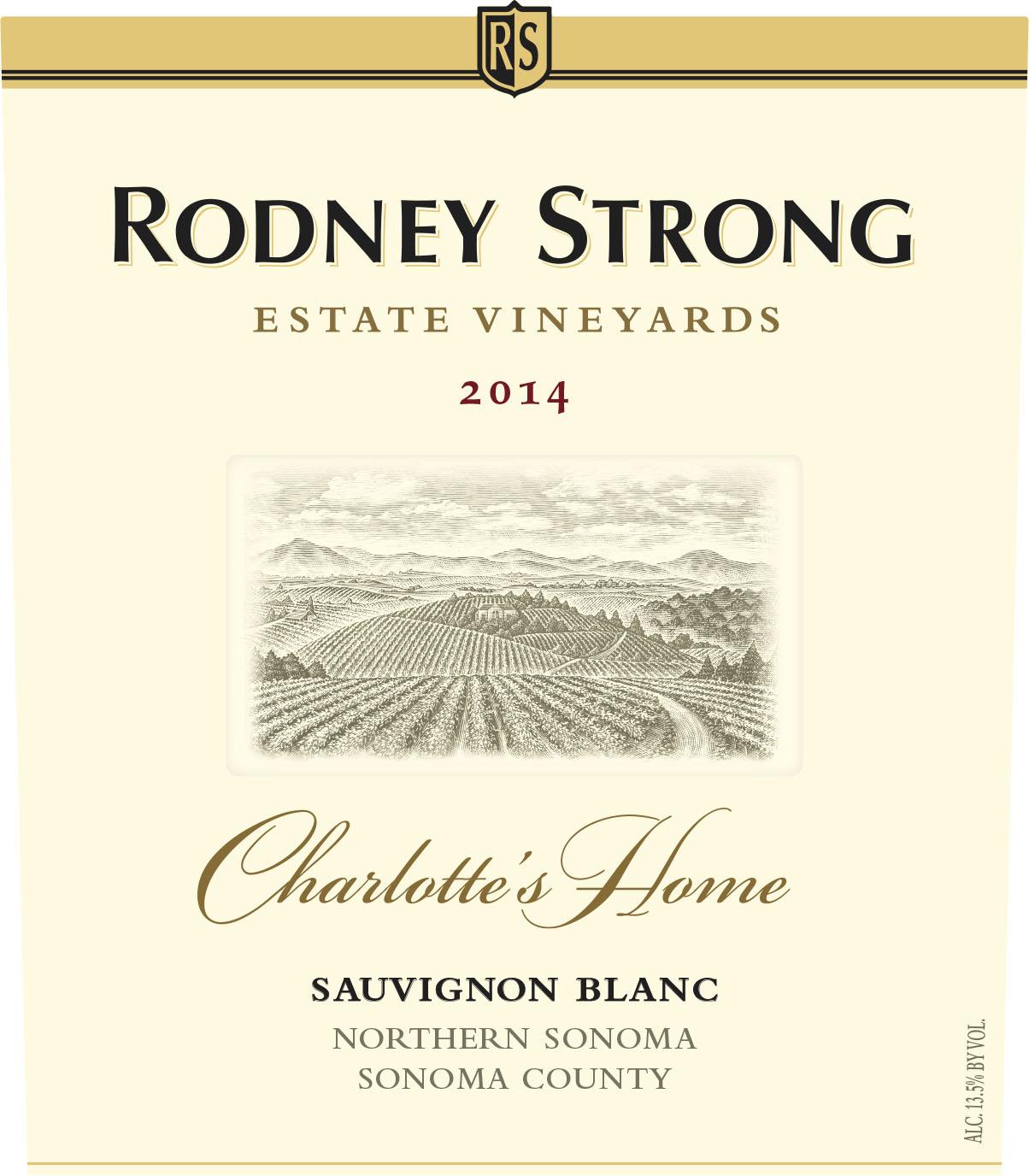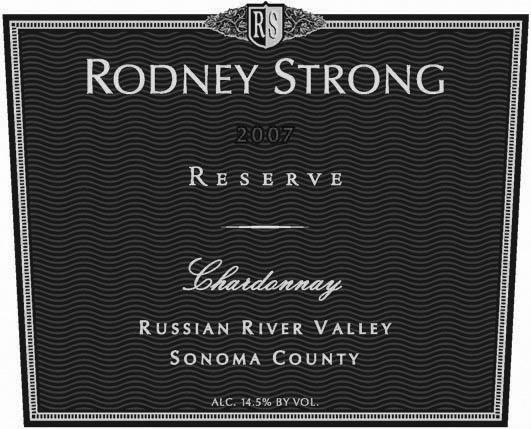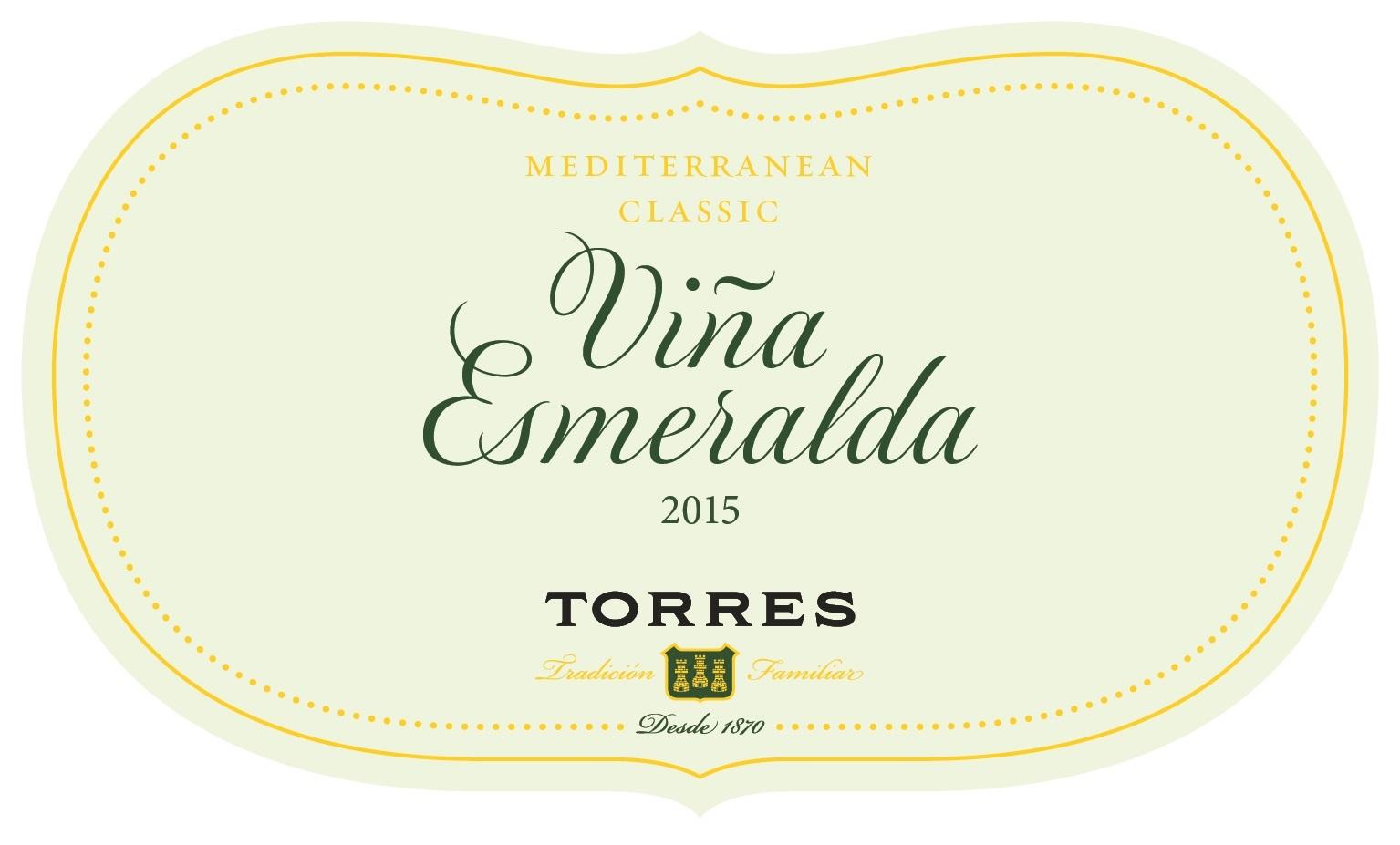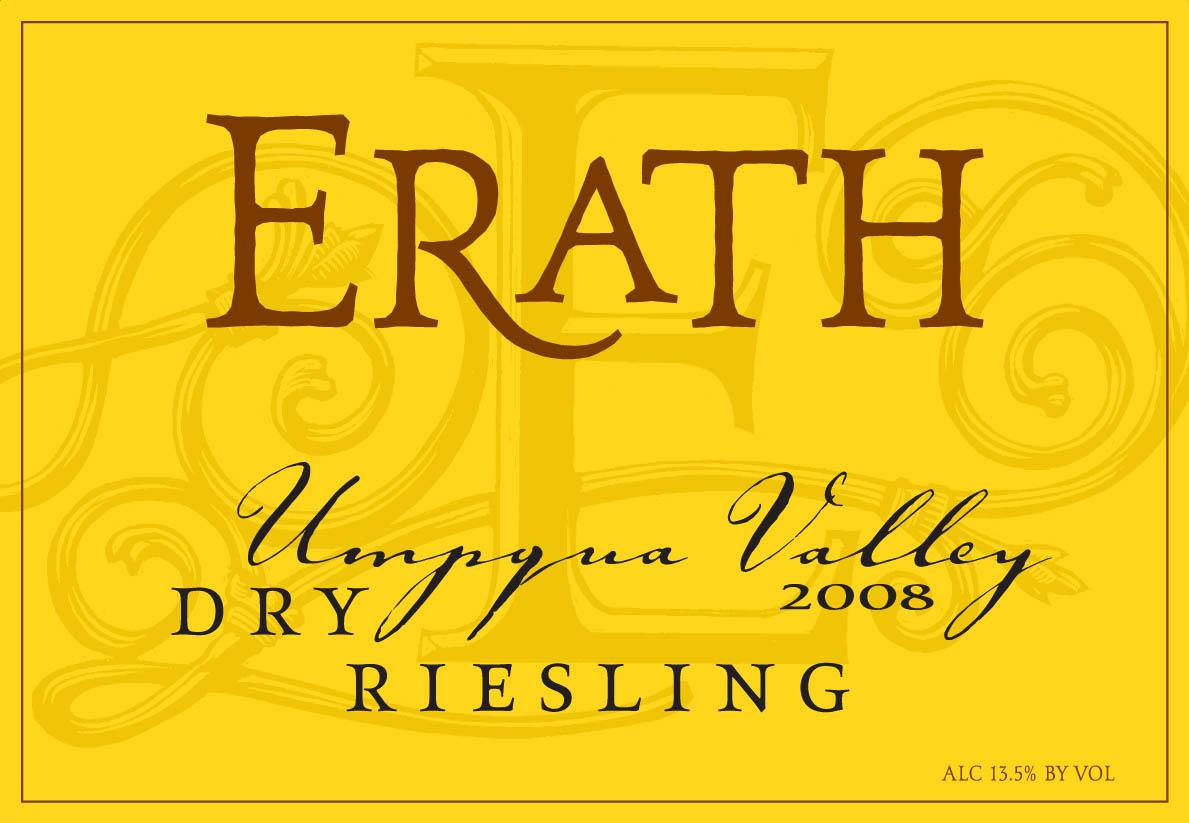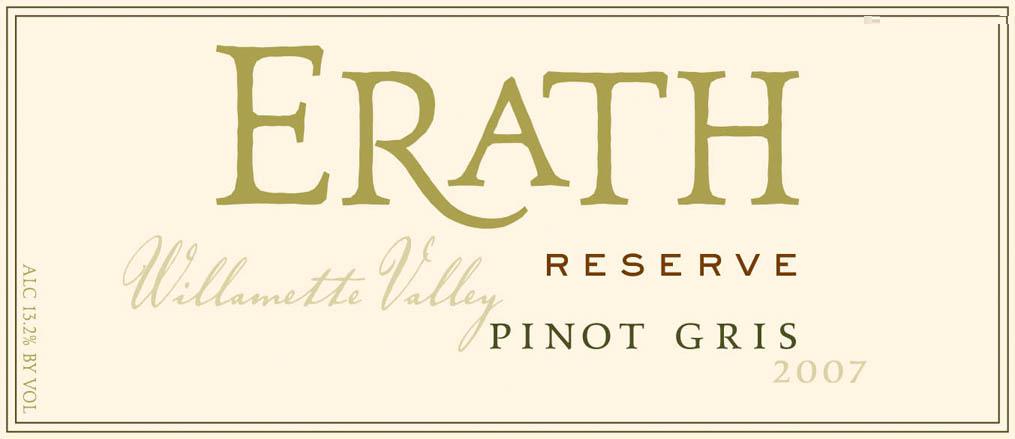Terroir of the Snake River Valley AVA
The Snake River Valley sits on a high-desert plateau, experiencing a continental climate with big temperature swings. Over 400 miles from the Pacific Ocean, the area has warm, dry summers and cold winters, crucial for vine dormancy. It gets less than 12 inches of rain each year due to the Cascade Mountains' rain shadow.
Elevations of 2,500 to 3,000 feet cause dramatic temperature changes daily, which keeps grape acidity high and flavors bold. The soil is a mix of sand, loam, and volcanic cinders, rich in minerals from old lakebeds and basalt. This gives the wines a unique mineral taste and structure, while the dry, sandy ground reduces the risk of phylloxera. The Snake River helps moderate extreme weather, protects against frost, and supports the production of crisp whites and savory reds that showcase the valley's special climate and geology.
Notable Wineries in the Snake River Valley AVA
The burgeoning wine landscape of Idaho’s Snake River Valley is a captivating blend of historic estates and modern winemaking ventures. Among the most iconic is Ste. Chapelle Winery, renowned for its approachable Merlot and Riesling, while Sawtooth Winery captivates with its elegant Chardonnays. Newcomers like Telaya Wine Co. and Cinder Wines are making waves with their Rhône-style blends and expressive Tempranillos.
-
Koenig Distillery & Winery: Specializes in meads and dessert wines.
-
Hat Ranch Winery: Celebrated for its classic varietals and unique blends.
-
Williamson Orchards & Vineyards: Combines orchard farming with estate wines.
Further enriching the scene, Bitner Vineyards and 3100 Cellars emphasize sustainability, while Huston Vineyards offers a cozy, farm-style experience with panoramic views. These wineries are essential stops for experiencing the region’s distinctive terroir.
Sustainable Winemaking in the Snake River Valley AVA
The Snake River Valley is gaining recognition for its commitment to sustainability, with many producers embracing eco-friendly practices. The region is seeing a surge in third-party certifications like Salmon-Safe and LIVE, which protect local waterways and promote biodiversity. Solar panels are increasingly common at estate facilities, highlighting a shift towards renewable energy.
Vineyards here are also focusing on organic farming and maintaining soil health with precise drip irrigation. By planting cover crops and preserving native vegetation, they support biodiversity and ecosystem resilience. These efforts are essential in a high-desert climate, where conserving water and protecting the land are critical to crafting the region's unique wines.
Wine Tourism in the Snake River Valley AVA
Snake River Valley in Idaho is an emerging wine tourism destination, featuring diverse wine experiences against stunning natural backdrops. Easily accessible from Boise, visitors can explore the Sunnyslope Wine Trail, home to a mix of chic urban tasting rooms and rustic vineyard settings.
This region offers more than just wine; local food trucks, cheese platters, and seasonal events like yoga in the vineyards enhance the visitor experience. Annual festivals and winemaker dinners provide further opportunities to immerse in local culture.
Visitors can explore on self-guided routes, whether by bike or car, enjoying the scenic views of vineyards and mountains. Accommodation nearby makes overnight stays convenient. The region’s laid-back atmosphere, combined with its commitment to sustainability, offers an authentic taste of Idaho hospitality and its bold wines.



